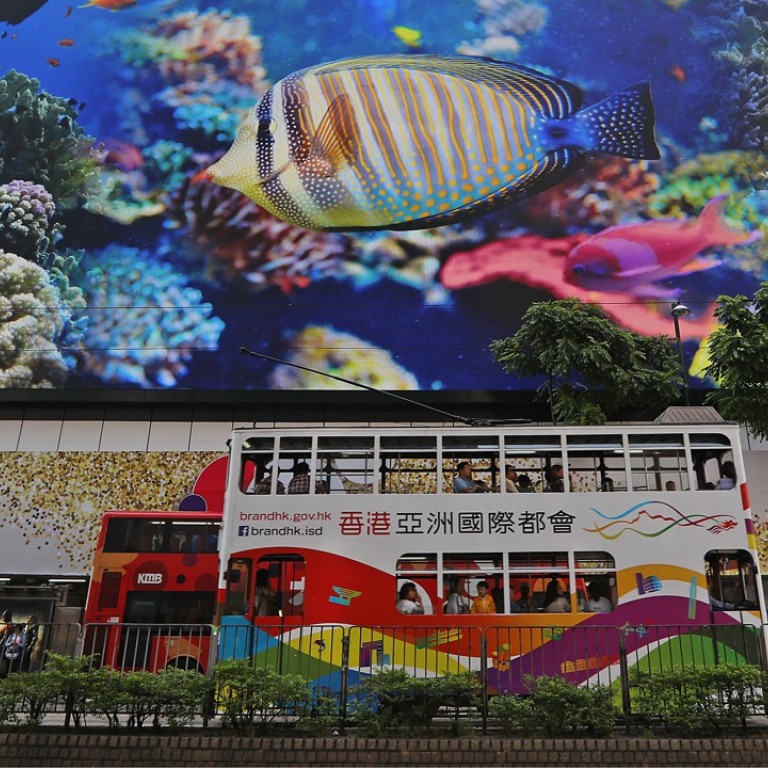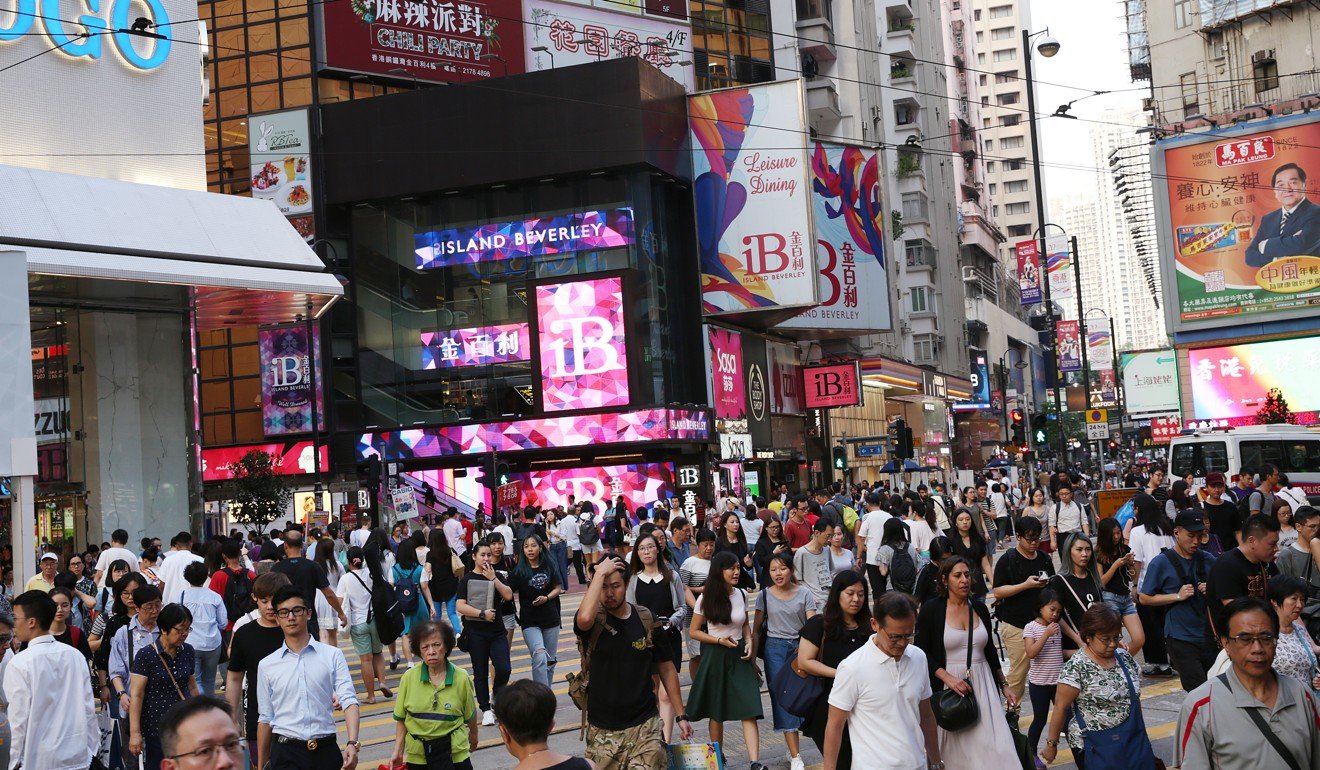
Glowing pains: the hidden environmental cost of LED lights
As Hong Kong, along with many other places, slowly shifts to the more energy efficient lights, some wonder if they really are the better option
Advances in technology over the years have left a variety of ways to light our homes and offices. For years, the only choice for indoor lighting was an ordinary, power-hungry incandescent bulb. But today an increasingly common go-to is the energy-saving light-emitting diode, or LED.
As LED lights become more popular, environmentalists warn that, while they may consume less energy, their brightness could add to cities’ light pollution.
The screen was installed on the front of Sogo department store and has a surface area of around 1,400 square metres, making it one of the largest LED screens in Asia.
“LED lights are not entirely environmentally friendly,” Dr Jason Pun Chun-shing, a principal lecturer at the University of Hong Kong’s physics department, says. “If people think they consume less energy and therefore keep the lights on for a longer period, there’s actually not much difference from using incandescent light.”

Incandescent light – used in most traditional household light bulbs – converts only 10 per cent of its energy into light, with the remaining 90 per cent converted into heat, according to one of the city’s two major electricity providers, Hong Kong Electric. LED lamps generate less heat, and are hence more energy efficient.
Hong Kong laser show sees first upgrade in 14 years as organisers claim it is energy-efficient
Roy Tam Hoi-pong, chief executive of environmental group Green Sense says that while LED lights seem like the way forward compared to short-lived and high-energy incandescent bulbs or globes, the former is still not ideal for the environment, because of light pollution.
And Tam noted the difference between the light strength required for signs – LED or otherwise – to grab people’s attention outdoors and the strength most people would be comfortable with in their homes.
Using a light meter, he found that the light level under a gigantic neon sign in Mong Kok was at least 2,000 lux (lux being the unit used to measure the intensity of light hitting a surface). That compares with readings taken inside an apartment, some as low as 300 lux.
“The high intensity of lighting should pose a problem for the government,” he says. “Switching off these LED light walls [such as the big screen in Causeway Bay] at night would not only save energy, but also minimise disturbances caused to nearby residents – a win-win situation for all.”


